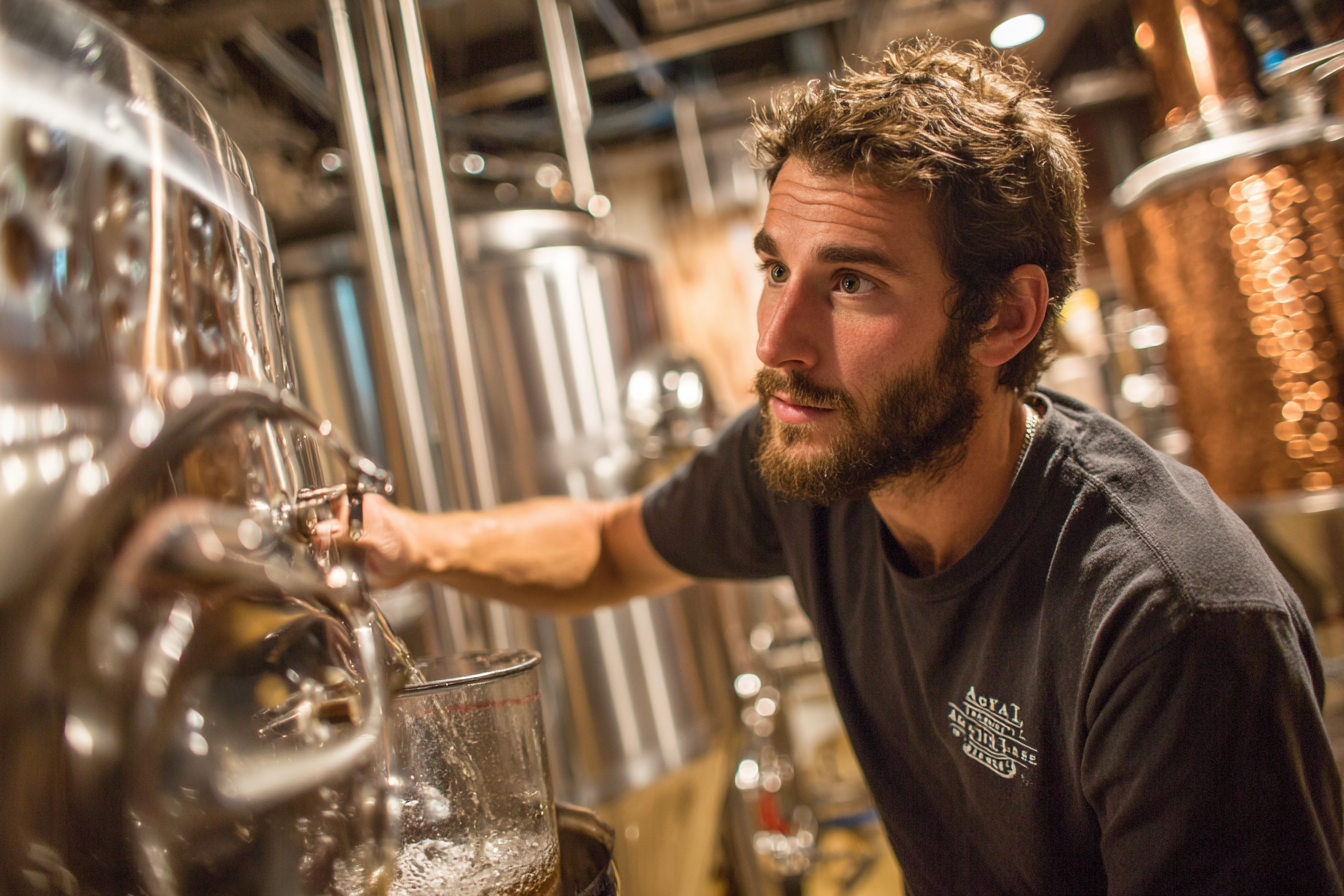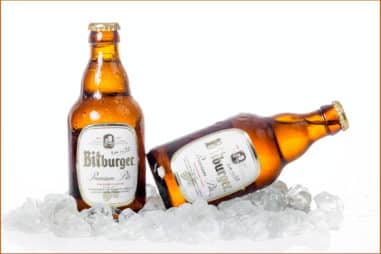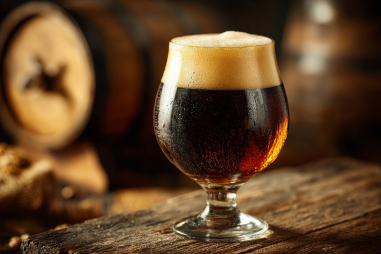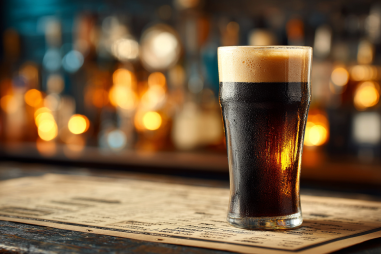Crafting a perfect Cream Ale is both an art and a science. This unique hybrid beer style combines the crispness of a lager with the light, fruity nuances of an ale, delivering a smooth, refreshing beverage that’s both approachable and complex. Whether you’re a novice brewer eager to try your hand at this classic American style or an experienced craft brewer looking to refine your technique, understanding the essential steps can make all the difference. From ingredient selection to fermentation control, this guide covers top Cream Ale brewing tips to help you achieve a bright, clear, and flavorful brew every time.
Introduction to Brewing Cream Ale
The Cream Ale style emerged in the United States in the late 19th century as an alternative to the more robust ales of the time, blending characteristics of ales and lagers. Despite the name, it doesn’t contain cream; instead, “cream” refers to the silky smooth texture and light body of the beer. Cream Ales are known for their pale golden color, mild malt sweetness, subtle hop bitterness, and a clean finish. They are brewed using ale yeast strains fermented at cooler temperatures or sometimes a blend of ale and lager yeast fermentations for added smoothness.
Brewing a Cream Ale requires precision in several areas, from ingredient selection to fermentation techniques, to capture its crisp yet creamy essence. Below, we’ll delve into the crucial brewing tips that will guide you through the process and ultimately elevate your Cream Ale brewing game.
Selecting Quality Ingredients
The foundation of any great beer lies in its ingredients. For Cream Ales, choosing the right malt, hops, yeast, and water profile plays a pivotal role in defining the beer’s characteristic smoothness and subtle flavor.
Malt: The malt bill for a Cream Ale typically features light base malts such as 2-row pale malt or Pilsner malt which provide a clean, slightly sweet malt backbone. You can incorporate small amounts of adjuncts like flaked corn or rice to lighten the body and add crispness, which is traditional in many American Cream Ales. Some brewers also add a touch of caramel malt to impart gentle sweetness and color complexity, but be cautious not to overdo it, as it can overwhelm the delicate profile.
Hops: Cream Ales have a subtle hop presence, often showcasing clean American hop varieties like Cluster, Willamette, or Cascade. These hops provide mild floral or earthy notes without overpowering the malt. Aim for a balanced bitterness level around 15-25 IBUs to maintain drinkability. Late additions or dry hopping are typically avoided to preserve clarity and smoothness.
Yeast: Yeast choice is crucial because it defines much of the beer’s personality. Most brewers opt for clean fermenting ale strains such as American ale yeast or Kolsch yeast. Some choose a hybrid ale/lager yeast strain to produce a crisper finish. The key is to ensure minimal ester or phenol production, so your Cream Ale remains clean and balanced.
Water: Water chemistry should mimic soft to moderately soft water to complement the malt and hop profile. Lower sulfate levels help promote a round mouthfeel and smooth finish, whereas a balanced chloride-to-sulfate ratio encourages malt sweetness and fullness.
Controlling Fermentation Temperature
Fermentation temperature management is one of the most important factors when brewing Cream Ale. Because this style leans heavily on yeast fermentation character to maintain the clean, crisp profile, temperature control ensures you avoid unwanted off-flavors.
Typically, fermenting ale yeast strains between 60-68°F (15-20°C) is ideal. Too warm, and you risk developing fruity esters or fusel alcohols that detract from the style’s smoothness. Too cold can cause stalled fermentation or mute yeast activity altogether.
Here are some practical tips to maintain ideal fermentation temperatures:
- Invest in a fermentation chamber or temperature-controlled environment to keep steady temperatures.
- Use a temperature controller with a fridge or heater to maintain accuracy.
- Monitor temperatures with a reliable thermometer and record data for each batch to refine your process.
- Start fermentation on the lower end of the temperature range to suppress ester production, then allow temperature to rise slightly in the final days to ensure complete attenuation.
Optimizing Mash Techniques
The mash process sets the stage for fermentable sugar extraction, impacting body, mouthfeel, and final gravity. For Cream Ale, a lighter, well-attenuated beer, you want to select mash temperatures and methods that maximize fermentability while retaining smooth body.
Target a single infusion mash temperature between 148-152°F (64-67°C). This range encourages beta amylase activity, producing more fermentable sugars and resulting in a drier beer with lighter mouthfeel typical of Cream Ale. A higher mash temperature (above 154°F/68°C) will yield a fuller-bodied beer, which is less desirable for this style.
Other mash tips include:
- Consider a step mash with an initial beta amylase rest if you want to further boost fermentability, but a single infusion mash usually suffices.
- Maintain proper water-to-grist ratios (typically 1.25-2 quarts per pound) to ensure effective starch conversion and enzymatic activity.
- Perform thorough mash-out at approximately 170°F (77°C) to halt enzymatic processes.
- Use a slow and controlled sparge to avoid extracting excessive tannins or astringency.
Tips for Clarity and Carbonation
One hallmark of Crem Ale is its bright, clear appearance and refreshing carbonation. Achieving both requires attention to detail after fermentation.
Clarity: To get that crisp, polished look:
- Use Irish moss or other kettle finings during the boil to help coagulate proteins and improve wort clarity.
- Cold crash your beer after fermentation to encourage yeast and particulate settling.
- Consider fining agents like gelatin or isinglass if you want to speed up clarity but use them carefully to avoid stripping flavor.
- Proper filtration is an option if you have the equipment, but many brewers achieve excellent clarity without it.
Carbonation: Cream Ales benefit from moderate to high carbonation, typically around 2.5 to 2.8 volumes of CO2, which enhances their refreshing mouthfeel. You can achieve this by:
- Carefully priming the bottle or keg with the right amount of sugar for natural carbonation.
- Using forced carbonation with precise control if kegging.
- Ensuring the beer is free from residual yeast-flavor off-notes to keep the carbonation crisp and clean.
Common Pitfalls to Avoid
Even seasoned brewers encounter hurdles when crafting a Cream Ale, but knowing the common pitfalls can help you avoid them:
- Ignoring yeast health: Underpitching or pitching stressed yeast can lead to incomplete fermentation and off-flavors. Always use healthy, viable yeast in adequate quantities.
- Fermentation temperatures too warm: Excessive warm fermentation results in unwanted esters and fusel alcohols that ruin the style’s clean finish.
- Overusing adjuncts: While adjuncts like corn or rice lighten the body, too much can create a thin or watery beer lacking flavor.
- Poor mash control: Using too high mash temperatures can produce a heavy, sweet beer that doesn’t fit the style.
- Neglecting sanitation: Despite its simplicity, Cream Ale is susceptible to contamination due to its mild flavor profile, so rigorous sanitation is non-negotiable.
- Skipping cold conditioning: Many brewers underestimate the value of cold conditioning to improve flavor stability and clarity.
Elevating Your Cream Ale Brew
Mastering the Cream Ale style is a rewarding endeavor that showcases your ability to balance malt, hops, and fermentation finesse. By carefully selecting the best ingredients, managing fermentation temperatures, optimizing your mash process, and taking steps to ensure clarity and proper carbonation, you’ll be well on your way to brewing a Cream Ale that invites thirsty drinkers back for more.
Experiment with small tweaks in your process and keep detailed brewing notes. Over time, you’ll develop a nuanced understanding of how each variable affects the final product. Remember, the hallmark of a great Cream Ale is its smooth, easy-drinking nature combined with subtle complexity. With attention and patience, your next batch could become a staple in your homebrew lineup or even a crowd favorite at your local homebrew club.







